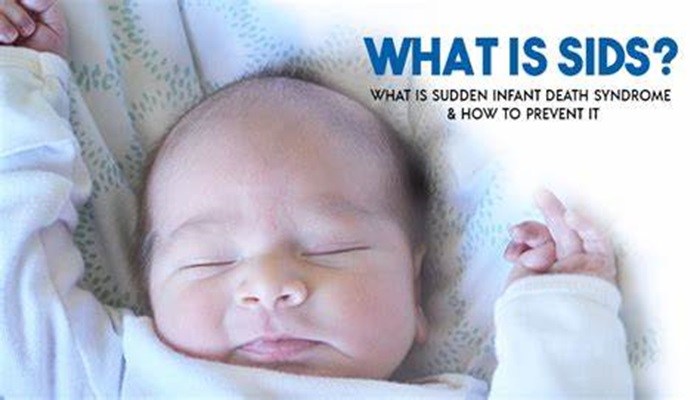Sudden Infant Death Syndrome (SIDS) is a sudden and unexplained death of an infant under the age of one year old. SIDS is a devastating tragedy that can occur without warning, leaving parents and families devastated. While the exact cause of SIDS is unknown, there are several risk factors that have been associated with an increased risk of SIDS. In this article, we will explore at what age SIDS reduces and how parents can reduce the risk of SIDS.
What Is Sudden Infant Death Syndrome?
Sudden Infant Death Syndrome (SIDS) is a sudden and unexplained death of an infant under the age of one year old. SIDS is a diagnosis of exclusion, meaning that it is only diagnosed after all other possible causes of death have been ruled out. SIDS is a devastating tragedy that can occur without warning, leaving parents and families devastated.
Risk Factors for SIDS
While the exact cause of SIDS is unknown, there are several risk factors that have been associated with an increased risk of SIDS, including:
- Sleeping on the stomach or side
- Soft bedding or loose blankets in the crib
- Overheating
- Exposure to cigarette smoke before and after birth
- Premature birth or low birth weight
- Family history of SIDS or sudden unexpected infant death
- Maternal smoking, drug use, or alcohol use during pregnancy
What Age Does Sids Reduce?
SIDS is most common in infants between the ages of one and four months old, with the majority of cases occurring before six months of age. However, SIDS can occur up to one year of age, and in rare cases, it can occur after one year of age.
According to the American Academy of Pediatrics (AAP), the risk of SIDS is highest in the first six months of life and decreases significantly after six months of age. The AAP also reports that the risk of SIDS is lowest between four and six months of age.
While the risk of SIDS decreases as a baby gets older, parents should continue to follow safe sleep practices until their child is at least one year old. This includes placing babies on their back to sleep, using a firm and flat sleep surface, and avoiding soft bedding and loose blankets in the crib.
Reducing the Risk of SIDS
While the exact cause of SIDS is unknown, there are several steps that parents can take to reduce the risk of SIDS, including:
Placing babies on their back to sleep
The AAP recommends that babies be placed on their back to sleep for every sleep until they are one year old. This is the most effective way to reduce the risk of SIDS.
Using a firm and flat sleep surface
Babies should be placed on a firm and flat sleep surface, such as a crib or bassinet. Soft surfaces, such as couches, pillows, and waterbeds, should be avoided.
Avoiding soft bedding and loose blankets in the crib
Babies should be placed on a firm and flat sleep surface with no soft bedding or loose blankets. This includes pillows, blankets, and stuffed animals.
Keeping babies at a comfortable temperature and avoiding overheating
Babies should be dressed in light clothing and kept at a comfortable temperature. Overheating can increase the risk of SIDS.
Avoiding exposure to cigarette smoke before and after birth
Babies should be kept away from cigarette smoke before and after birth. This includes exposure to secondhand smoke.
Following a regular schedule of prenatal care and avoiding smoking, drug use, and alcohol use during pregnancy
Prenatal care is important for the health of both the mother and the baby. Smoking, drug use, and alcohol use during pregnancy can increase the risk of SIDS.
Breastfeeding
Breastfeeding is associated with a reduced risk of SIDS. The AAP recommends exclusive breastfeeding for the first six months of life.
Conclusion
Sudden Infant Death Syndrome (SIDS) is a devastating tragedy that can occur without warning. The risk of SIDS is highest in the first six months of life and decreases significantly after six months of age. However, parents should continue to follow safe sleep practices until their child is at least one year old. By following safe sleep practices and reducing risk factors, parents can help reduce the risk of SIDS and keep their babies safe and healthy. It is important for parents to talk to their healthcare provider about any concerns they may have about SIDS and to follow their healthcare provider’s recommendations for reducing the risk of SIDS.
Related topics
- Understanding SIDS: Myths, Facts & Prevention Strategies
- What Age Does SIDS Stop?
- Does a Cold Increase SIDS Risk?


